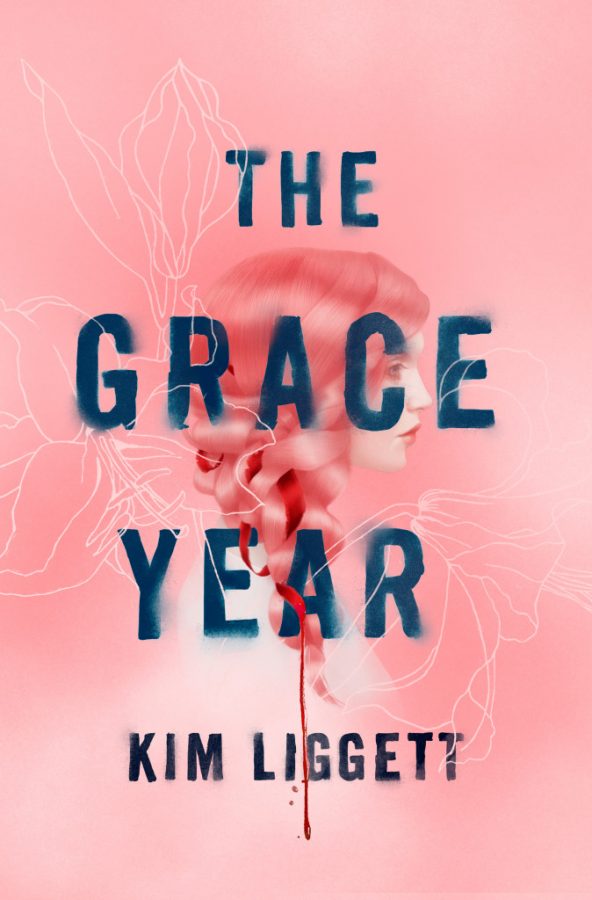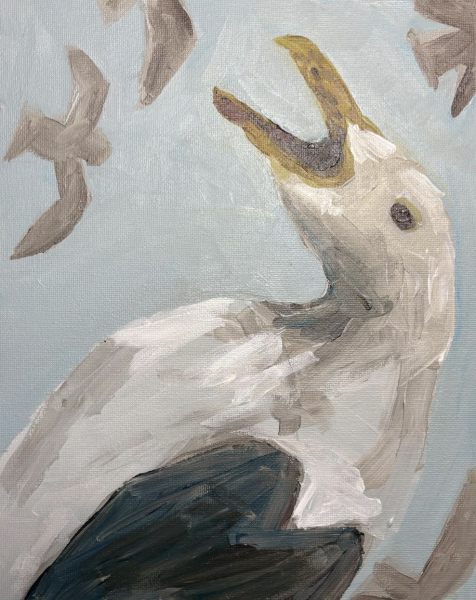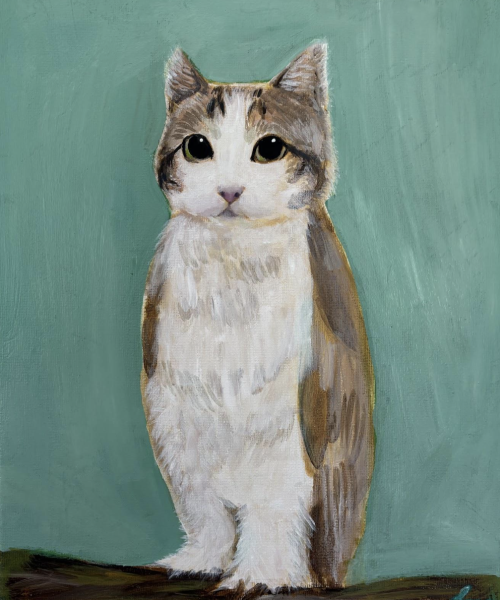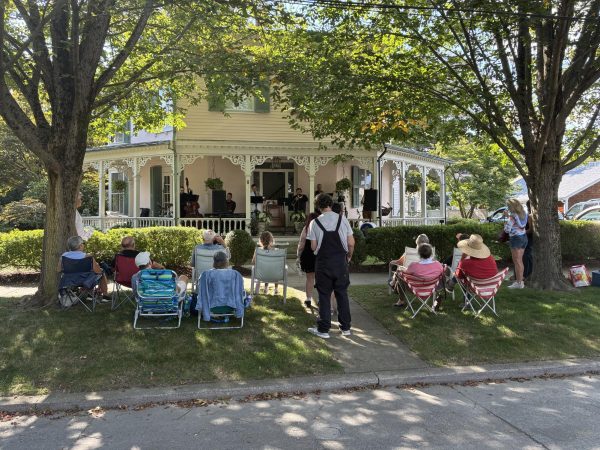‘Lord of the Flies’ meets ‘The Handmaid’s Tale’ in Kim Liggett’s ‘The Grace Year’
“The Grace Year” by Kim Liggett is a suspenseful novel that explores a world that banishes girls for a year of their life in order to release their magic.
The men of Kim Liggett’s fictitious Garner County in “The Grace Year” are terrified of women, and that terror manifests as violent hatred. The men of this dystopian world believe that every woman is imbued with some sort of siren-esque power that allows women to lead men astray.
This fear and hatred of women culminates when the girls of the town turn 16 each year and are on the cusp of womanhood. In a ceremony that degrades the girls by parading them around to be sold to the coming of age boys in town, the titular Grace Year begins.
Every girl in Garner County must participate in the Grace Year, but none of the women or girls are allowed to talk about what awaits them beyond the gates of their county. All the girls know going into it is that it is dangerous and not all of them will make it back alive, and none of them will make it back the same.
Garner County is a society that thrives off limiting the power (be it metaphorical or literal — that is up for debate in this novel) to women when they come together. So, the men of Garner County ensure that all the women and girls know their place and their role in bringing sin into the world.
Told through the skeptical eyes of Tierney James, “The Grace Year” presents itself as a typical YA dystopian novel not unlike “The Hunger Games,” but Liggett’s world is far darker than that of her peers.
“The Grace Year” is less for a younger crowd and better catered to older readers who can maturely sort through the complexities and horrors they will face on the pages.
The novel does fall prey to a typical YA plotpoint; a romance that does not quite fit the protagonist’s desires or motivations. What sets Tierney apart from the rest of the girls her age is her disdain for marriage and her anger at her male best friend’s romantic feelings toward her.
For the first half of the novel, all signs point to Tierney being a lesbian, and there are even indications of her and another Grace Year girl developing a relationship beyond platonic. However, seemingly out of nowhere, Liggett reveals an enemies-to-lovers subplot between Tierney and a member of the fringes of society. While the romance between Tierney and this man is well written, it is not believable based on Tierney’s established characterization.
“The Grace Year” confidently and empathetically delves into difficult topics such as abuse, murder and rape, and how those particular forms of violence are used to keep women obedient through fear.
Further, Liggett examines the way society subjugates women through religion and fear, but also the interpersonal relationships of women in girls in a society that wants women to despise themselves and each other.
In a blur of many dystopian novels telling tales of corrupt governments, “The Grace Year” stands out among the crowd and holds a mirror up to American society to reveal its ugliest bits.






